Padma Shri Moozhikkal Pankajakshi – The living legend from Kerala who performs the unique puppet show ‘Nokkuvidya Pavakali’
Padma Shri Moozhikkal Pankajakshi is an artist who performs ‘Nokkuvidya Pavakali’, a form of puppet show, which showcases tales from Hindu mythology with colourful puppets of different Hindu characters. She majorly performs stories from epic Ramayana. Aged 80+, she is the senior most survivor who performs this art form, and her granddaughter is following her footsteps right now. They both are the only performers of this art across the globe. Moozhikkal Pankajakshi was honoured with the prestigious Padma Shri for her immense contributions to keep this rare and unique art form alive.

The show begins with offering prayers to Ganapati
“Ganapati Bhagavan Varamarulenam…
Vacha Vilakkinu Kaithozhunnen……”
The artist lights lamp and prays to Ganapati, Saraswati and Laxmi and seeks their blessings before the show starts. The highlight is that this lamp is not placed on floor before lighting it, but below the nose at the tip of a stick.
A thin stick is fixed above the upper lip, beneath the middle portion of nose, and the artist places lamps, puppets etc for her performance. It needs deep concentration. Otherwise it can invite danger, affecting eyes and face. The stick is prepared from the wood of areca nut tree and 2.5 feet length. When she balances colourful puppets with this thin stick beneath nose in philtrum, the stories of war between Rama and Ravana, Seeta Swayamvaram etc unfolds before our eyes.
She hails from Koothattukulam, which is situated in Muvattupuzha Taluk in Ernakulam district. Age 80+, she suffered a stroke and hence she can’t perform this art now. She was the only performer of this art, before her daughter’s daughter decided to follow grandma’s footsteps and carry forward the tradition. This tradition has been followed by many generations of Pankajakshi’s family, and in modern times, she was distressed when nobody was willing to take this tradition. Understanding it, Pankajakshi’s granddaughter Ranjini started learning this art from her since teens, and now she is the solo performer of this tradition. When Padma Shri reached their doorsteps, this unknown art form has been revealed to the whole world.
Early life of Moozhikkal Pankajakshi
She was born in Pala and Urulikunnath is her village. Many members of her family used to perform this art including her parents, uncle etc. Some of her early family members have received prizes (Pattum Valayum) from Kings of Travancore. In those days this art form was known as ‘Onam Thullal’.
She started learning this art form from her family members at the age of 11. Initially she was taught how to balance the stick and puppet. For that midrib of coconut leaves (Eerkkil) and tender coconut fruit formed soon after flowering (Machinga/Kochanga) were used for this purpose. It was quite common to get bruises when Machinga falls from Eerkkil, and also wounds from Eerkkil, following loss of balance.
She got married to Sivarama Panikker of Moozhikkal Tharavadu, and the family was deeply interested in her puppet show. Her husband made new puppets for her, and also encouraged to follow the tradition. Wood from Eezhilam Pala was used to carve puppets, and wood of aracanut trees for stick. Puppets were coloured using charcoal, and juice extracted from fruits & leaves. He also helped in finding new tales from Ramayana and Mahabharata, made small songs and arranged music as well.
The legend behind Nokkuvidya Pavakali
Once upon a time Shiva and Parvati impersonated as Velan and Velathi (tribal couple). To impress the goddess and entertain her, Shiva performed an art form. He carved statues from the wood of Ezhilampala tree (Indian devil tree) within a few moments, and fixed it using a stick from aracanut tree (Kamuku). That was the first performance of Nokkuvidya Pavakali. This art was later passed to Velan community, who followed the tradition, and gave to future generations.
Discipline in Puppet Show (Nokkuvidya Pavakali)
Traditionally only females perform this art. A strict discipline is required to perform this art. The artist should have deep belief in god and do traditional Vrita to perform this art. Concentration and blessing from god are also needed. Grass mat is first spread on the floor. The play always begins with lighting Kerala lamp. Then three diyas are fixed in a row above a small box and the artist lights them and performs with it. These lamps represent three eyes of Lord Siva. People belonging to Vela community traditionally follow Lord Shiva as Kuladaivam, and when three lamps are lighted it represents three eyes of the Lord.
If it is Kilippaattu Ramayanam, first character to represent is Painkili (bird). Already four birds are fixed in the rod at four poles made using aracanut wood before the beginning of performance. The performer uses the midrib of a coconut leaf to pull each bird one after another and place them on the rod, and fix them too.

Taking birds from the pole with the help of a coconut leaf midrib
Sree Rama Avatar is the next performance. Rama’s puppet will have bow and arrows in hands. When the thread tied to Rama’s hand is pulled the bow and arrow move, which represents shooting. When it comes to Sita Rama Marriage, puppets of both Rama and Sita will be placed together. When the thread is pulled, both the puppets lift their hands to offer garlands, representing marriage. In Panchavadi scene, Rama, Sita and Lakshmana will be placed together at the tip of the stick. At the time of Ravana’s encounter with Jadayu and the fight between Rama and Ravana, two puppets will be placed together.
Return of Rama to Ayodhya after defeating Ravana, and how the subjects welcome them with cheer is the highlight of Ramayana story. It’s the climax of the puppet show, also called Choothupadi and it needs a lot of effort and brilliance to perform on stage. In a beautiful structure, there are 8 rings (Kudukk). Without using hands, with the help of tongue, 8 midribs of coconut leaves are interlocked into these points one after another.

The most difficult act in Nokkuvidya Pavakali
Very often puppets are balanced at the tip of knife using the stick, and also on the thread of bow. After balancing puppets in this way, the artist puts rings on either hand and rotates them fast. The whole show may need 1.5 hours to complete.
This rare art form needs more exposure
Moozhikkal Pankajakshi has performed her puppet show in many parts of the country and aborad. She has also received folklore academy award and fellowship. Now at the age of 84 when Padma award was announced, she has completely passed over her tradition to granddaughter. Though she spent her entire life in promoting this rare art, financially she is weak. She now stays in the unfinished home of her daughter Radhamani and two kids. Radhamani does odd jobs to meet the financial needs of the family, educational requirements of Ranjini and to buy medicines for her mother. She is a daily wage labourer.
Ranjini is now studying second year Commerce at Uzhavur St. Stephen’s College. Her brother Ranjith who works in a private company in Kochi and her paternal cousin Anand take leave on the days when she has performances, and assist her throughout the play. Though it is a renowned art, the remuneration is not so encouraging. Audience might have watched different types of puppet shows from different parts of the world. In most these cases, hands are used to pull threads of the puppets. Nokkuvidya Pavakali is one such rare case everything is balanced on philtrum. But only a single artist performs this fading art now. Definitely it needs more artists to come forward and carry forward this tradition, definitely Kerala’s pride.
Generations are changing

In 2009 Pankajakshi represented Kerala government at tourism program conducted in Paris. When she performed the art, no one could understand the story behind the act. Since then the background artists briefly narrate the situation of the act, before it begins.
Pankajakshi has three kids – Vijayan, Radhamani and Shivan. After marriage Radhamani returned to her ancestral home with two kids – Ranjith and Ranjini. The kids started admiring puppets after that. Traditionally only ladies perform this art, and Ranjini started learning it only after being prompted by her mother and elder brother. She started practising at the age of 7. Though she started practising with tender coconut fruit formed soon after flowering (machinga). But she failed to succeed in it. So her elder brother fixed a small wooden piece in an aracanut wood stick, and gave it to her. It took two years of rigour training to master balancing the wood piece.
Each puppet has around 250 gms. In most acts, it has minimum two puppets, and both are to be balanced together at the tip of the stick using the philtrum (middle area of the upper lip also known as medial cleft). When the artist needs to balance 10-headed Ravana or to perform battle between Rama and Ravana, the weight increases manifold. Still now Ranjini uses the puppets made by her grandfather.
Now new stories have also arrived

Pankajakshi alongside Ranjini, the single performer of this diminishing art form
7 years back Pankajakshi suffered from a stroke, and when she couldn’t perform on stage, Ranjini started performing in full swing. Her mother also assists her, and she is accompanied by her brother and cousin. Sivadasan sings for her performance, while her brother Ranjith sets puppets and passes over it to Ranjini, who sits in the stage throughout the act. Her cousin Anand plays musical instrument Thudithalam and also narrates the situation of the act in a few words. Now the team is trying to find new stories and create new acts. Anand writes new songs and composes music as well.
It needs a lot of dedication and time to master this art. That may be the reason why people are not coming forward to learn it. The art form which is traditionally followed by Vela community is now being performed across the globe, and Pankajakshi spearheaded this move. Now Ranjini carries forward the family legacy, and has already given performances outside the country.
In 2019 the team got opportunity to perform at Dhaatu International Puppet Festival, held at Bangalore. It became a turning point of this professional group of artists. Many artists across the globe presented their traditional puppet shows, and their show got good exposure among the audience. Following it, they got opportunity to perform at Indira Gandhi National Centre for Arts, New Delhi. Representatives of central government who watched this act recommended Pankajakshi’s name for Padma Awards from Kerala state, and it was god’s grace she received it, though a little bit late.

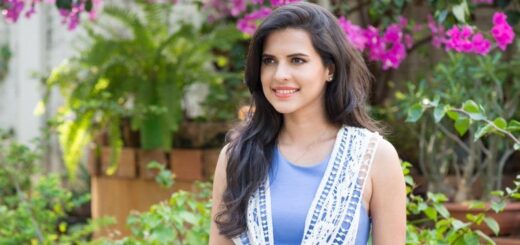

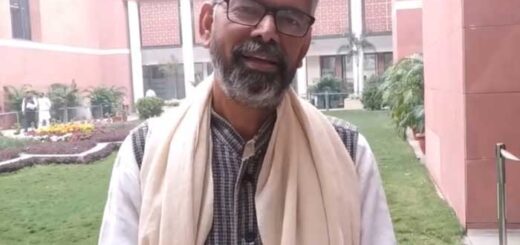





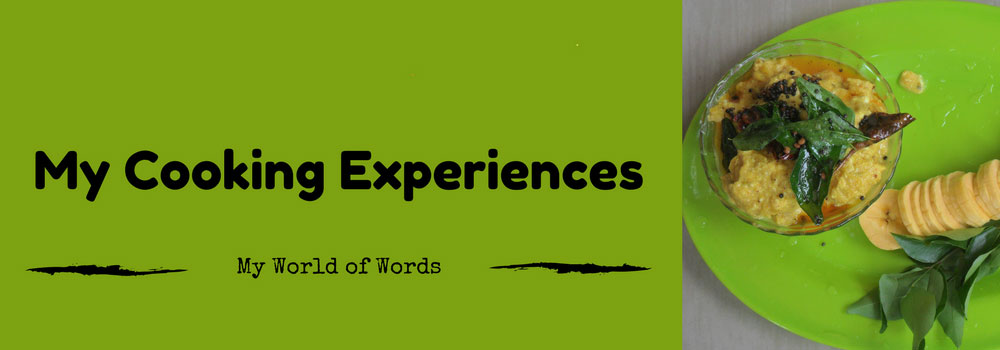


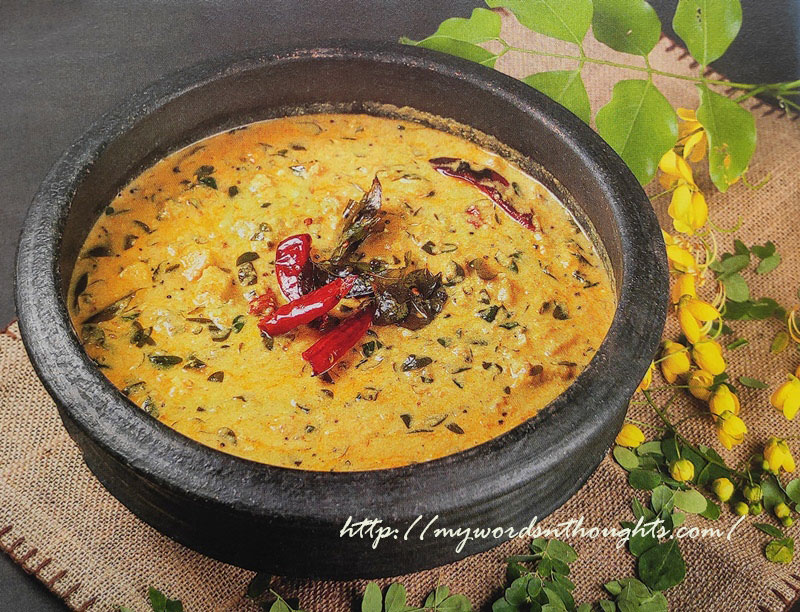
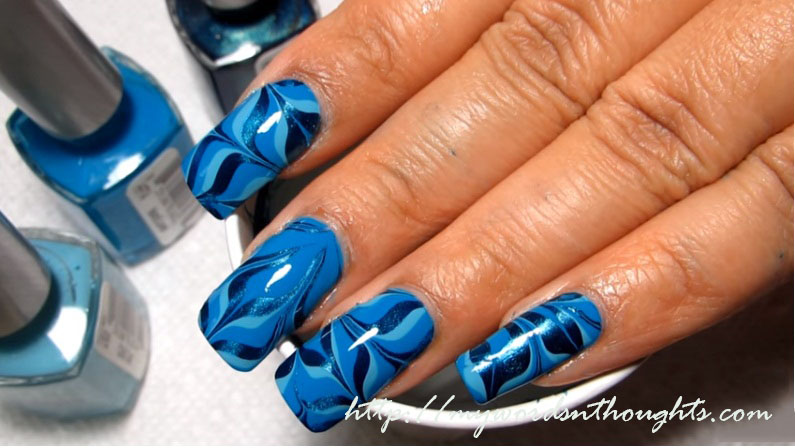
Recent Comments